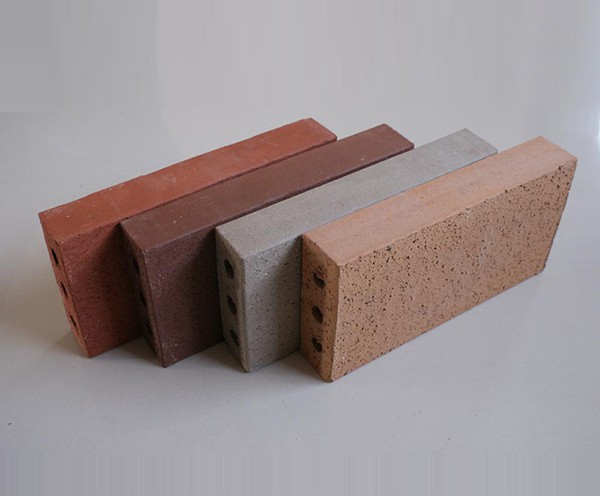Whether it is landscape bricks or other types of bricks, air holes will be encountered during the production and manufacturing process. If not handled properly, it will lead to an increase in the amount of air holes inside the bricks, resulting in very low material properties and low strength of the bricks. So, in the face of this situation, what methods can effectively reduce its porosity?
1. The key to producing low porosity landscape bricks is to choose raw materials with high density and low water absorption rate, and to achieve reasonable grading.
2. Ingredients are prepared according to certain particle size requirements, and after forming and drying, they are fired at high temperatures ranging from 1300 to 1400 ℃.
3. During the firing process, the higher temperature is generally controlled between 1350 ℃ and 1380 ℃. Appropriately increasing the firing temperature of low porosity clay bricks (1420 ℃) can increase the shrinkage of landscape bricks, thereby slightly increasing the density of refractory bricks and reducing the low porosity rate.
Usually, landscape bricks undergo detailed performance testing after production and manufacturing to ensure that all indicators of the bricks meet the standards before being shipped to the market for sale. Therefore, people do not need to worry too much about whether the bricks they purchase have excessive porosity.
Editor: Helen
